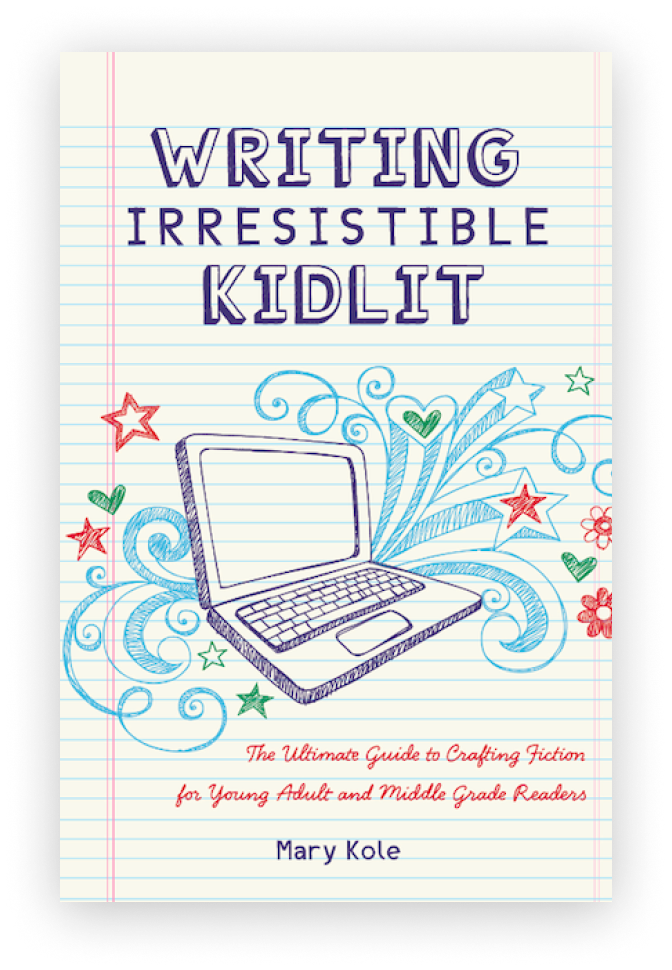Crafting an Engaging Story
Using Foreshadowing
By Mary Kole
Mary Kole is a former literary agent, freelance editor, writing teacher, author of Writing Irresistible Kidlit, and IP developer for major publishers, with over a decade in the publishing industry.
Foreshadowing is an important tool in a writer’s arsenal, especially for fiction writers. You want to captivate your audience and draw them into the story, and that means giving readers something to care about. Planting clues—otherwise known as foreshadowing—builds reader investment, as well as story tension. If you’re not using this technique, remember to add foreshadowing to your writing toolkit!
Creating Mystery With Foreshadowing
Foreshadowing is a technique used by authors to hint at events that will take place later in the story, giving audiences hints as to what might be coming next. This is especially important for mystery, thriller, and suspense novels, but any kind of story can benefit from carefully planted hints.
One of the most effective ways that writers use foreshadowing is by creating a sense of mystery. By dropping subtle winks about what’s to come, writers can keep readers guessing and wondering what will happen next. This creates an air of suspense that drives readers forward and keeps them turning the page to find out more. Whenever there’s an unresolved question on deck, and the writer adds foreshadowing that the question will be resolved soon, readers will defer to human nature … and keep reading until they scratch their itch to know what’s going on.
For example, if you have a character who seems to have a dark past lurking beneath their surface, you can use foreshadowing to hint at this without giving away too much information. Maybe they want to avoid a certain part of town, or someone comes up to them in the store and calls them a different name. You might have them make cryptic comments or references throughout the story, or perhaps they are constantly looking over their shoulder as if they fear someone or something is coming for them. These small moments serve as clues—also known as foreshadowing—for readers that something bigger is happening in this character’s life—something which will hopefully be revealed later in the story.
Using Dialogue for Foreshadowing
Dialogue can also be used effectively as a form of foreshadowing. Have characters discuss certain topics or make references which hint at things that may happen later on in the novel. For example, if there is an impending disaster looming in your story, characters may make comments such as “I hope it doesn’t come to this” or “we should really pack a bugout bag” without fully explaining why these comments are being made. Show a news story playing in the background. Chatter on the schoolyard. The weather may not intrude on the story yet, but if people are worrying about a tornado at the beginning, let the foreshadowing pay off. Leave it up to readers to uncover the meaning of seemingly innocuous comments.
Foreshadowing is an important tool for writers who want to create suspense and mystery within their stories. By dropping subtle hints throughout your narrative and using dialogue effectively, you can keep readers engaged and eager to find out what happens next. When you’re crafting your next novel or short story, think about how you can use foreshadowing strategically. Any story could use tension and conflict, and foreshadowing just might be the missing ingredient in your writing.

Click here to purchase Writing Irresistible Kidlit, my book on fiction craft for MG and YA novels, out from Writer's Digest Books. This will show you my writing craft philosophy and give you lots of valuable advice, including tips for the novel revision process and self-editing. There are over 35 example novels cited and discussed throughout. It’s a valuable resource for any writer’s toolkit.
Click here to purchase Irresistible Query Letters, my book on query letters, including over forty examples with comprehensive notes on each one. There’s a ton of submission advice, best practices, and insider information in these pages, and you’ll really enjoy seeing what other writers are doing in the slush.
Click here to purchase Writing Interiority: Crafting Irresistible Characters, my book on interiority and character creation. Explore your protagonist’s thoughts, feelings, reactions and interpretations, expectations, and inner struggles to create a rich, immersive experience. This guide will empower you to create characters who live and breathe on the page, fostering an unbreakable bond with your audience.





